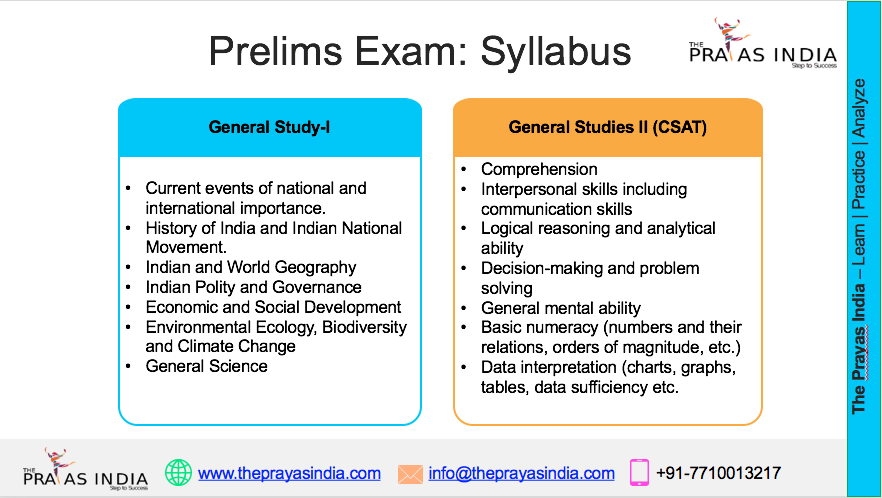The One Big Beautiful Bill Act of 2025: A Landmark U.S. Legislation Explained
Introduction
In 2025, the United States witnessed the introduction and House passage of the One Big Beautiful Bill Act, a comprehensive legislative package championed by President Donald Trump and House Republicans. This bill aims to consolidate various policy initiatives into a single, expansive act, addressing taxation, healthcare, education, defense, and immigration. Dubbed “one big, beautiful bill” by its proponents, the legislation has sparked significant debate across the political spectrum.
This article provides an in-depth analysis of the bill’s key provisions, its potential impact on American society, and its relevance to global observers, including UPSC aspirants seeking to understand international legislative developments.

Key Provisions of the One Big Beautiful Bill Act
1. Tax Reforms
-
Extension of 2017 Tax Cuts: The bill seeks to make permanent the tax cuts introduced in 2017, which are set to expire at the end of 2025.
-
New Tax Deductions: Introduction of deductions for tips and overtime pay, aiming to benefit service industry workers.
-
Child Tax Credit Enhancement: Increase in the child tax credit to $2,500 through 2028, followed by a reduction to $2,000 thereafter.
-
State and Local Tax (SALT) Deduction Cap: Raising the SALT deduction cap from $10,000 to $40,000 for taxpayers earning below $500,000.
-
MAGA Savings Accounts: Establishment of “Money Accounts for Growth and Investment” (MAGA) savings accounts, providing $1,000 per child to parents.
-
Remittance Tax: Implementation of a 5% tax on remittances sent abroad.
2. Healthcare Overhaul
-
Medicaid Work Requirements: Introduction of work requirements for Medicaid recipients above the federal poverty line.
-
Increased Verification: Enhanced verification processes for Medicaid eligibility, including more frequent checks.
-
Restrictions on Coverage: Prohibition of Medicaid funds for gender-affirming care and for nonprofits providing abortion services.
-
Impact on Coverage: The Congressional Budget Office estimates that these changes could result in several million people losing Medicaid coverage.
3. Education Policy Changes
-
Pell Grant Eligibility: Expansion of eligibility requirements for Pell Grants.
-
Workforce Pell Grants: Introduction of grants targeted at trade school students.
-
Loan Program Adjustments: Elimination of Federal Direct subsidized loans for undergraduate students.
-
Regulatory Changes: Removal of the Department of Education’s authority to regulate based on gainful employment metrics.
4. Defense and Border Security
-
Defense Spending Increase: Allocation of an additional $150 billion for defense, focusing on uncrewed drones and related technologies.
-
Border Security Funding: $70 billion earmarked for border security, including:
-
$46.5 billion for border barriers.
-
$5 billion for Customs and Border Protection (CBP) facility improvements.
-
$4.1 billion to hire additional Border Patrol and CBP officers.
-
$2.7 billion for enhanced border surveillance.
-
$2 billion for CBP staff.
-
$1 billion for inspection technology.
-
-
Deportation Capacity: Enhancements aiming to increase the capacity to deport up to 1 million individuals annually.
Political Context and Implications
The bill was narrowly passed in the House of Representatives with a 215-214 vote, reflecting deep partisan divisions. Republicans view the legislation as a fulfillment of President Trump’s campaign promises, aiming to bolster their position ahead of the 2026 midterm elections.
However, the bill faces significant challenges in the Senate, where it must navigate a complex legislative landscape. Critics argue that the bill disproportionately benefits the wealthy, undermines social safety nets, and could exacerbate the national debt.
Economic Impact
Analysts project that the bill could add approximately $4.5 trillion in tax cuts over a decade, with annual deficits ranging from $1.76 trillion to $2.23 trillion. The national debt is expected to rise from $35.46 trillion to $55.57 trillion by 2034.
These figures have raised concerns among fiscal conservatives and economists about the long-term sustainability of such policies.
Relevance for UPSC Aspirants
For students preparing for the UPSC Civil Services Examination, understanding international legislative developments like the One Big Beautiful Bill Act is crucial. It offers insights into:
-
Comparative Governance: Analyzing how different democracies approach policy-making and reform.
-
Economic Policies: Understanding the implications of large-scale tax reforms and their impact on national economies.
-
Social Welfare Systems: Studying the restructuring of healthcare and education systems.
-
Immigration and Border Policies: Observing the balance between national security and human rights.
These aspects are pertinent to the General Studies papers, particularly GS Paper II (Governance, Constitution, Polity, Social Justice and International Relations) and GS Paper III (Economic Development).
The One Big Beautiful Bill Act of 2025 represents a significant shift in U.S. domestic policy, encompassing wide-ranging reforms across multiple sectors. While it aligns with the current administration’s objectives, it has sparked extensive debate regarding its potential social and economic consequences.
For global observers and UPSC aspirants, the bill serves as a case study in comprehensive legislative reform, offering lessons in policy-making, governance, and the complexities of balancing diverse stakeholder interests.


![Prayas-लक्ष्य [UPSC CSE Target] The Prayas India](https://theprayasindia.com/wp-content/uploads/2021/08/Prayas-लक्ष्य-UPSC-CSE-Target-The-Prayas-India-300x167.png)

![Prayas Pre-भेदश [UPSC CSE Prelims Test Series] The Prayas India](https://theprayasindia.com/wp-content/uploads/2021/08/Prayas-Pre-भेदश-UPSC-CSE-Prelims-Test-Series-The-Prayas-India-300x167.png)










